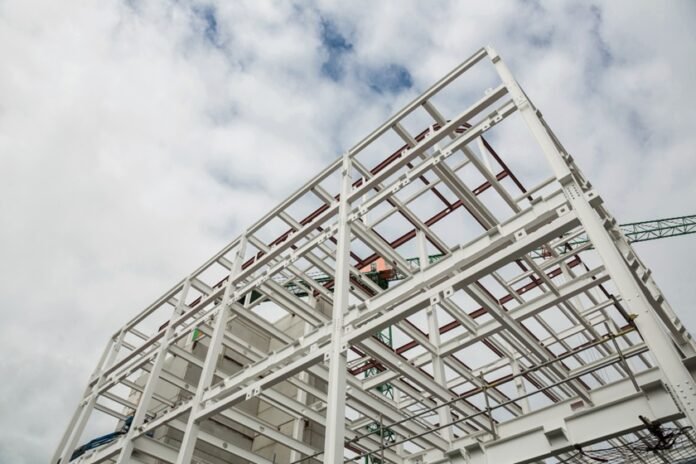Working with steel framing offers numerous benefits, including strength, durability, and versatility. However, there are several common mistakes that builders and contractors should avoid to ensure successful construction projects. Here are seven mistakes to steer clear of when working with steel framing:
Incorrect Measurements and Layout:
Accurate measurements and proper layout are crucial when working with steel framing. Mistakes in measuring or layout can lead to misaligned frames, uneven walls, and structural issues. Take the time to double-check measurements and use precision tools to ensure accuracy during the framing process.
Improper Fastening Techniques:
Using incorrect or inadequate fastening techniques can compromise the integrity of steel framing structures. Avoid over-tightening screws or bolts, as this can distort the metal or create stress points. Follow manufacturer guidelines and industry standards for proper fastening methods, including the use of appropriate screws, bolts, and anchors.
Ignoring Thermal Bridging:
Thermal bridging occurs when heat is transferred through the steel framing, reducing the energy efficiency of the building envelope. To minimize thermal bridging, use insulation materials or thermal breaks between the steel framing members. Consider using insulated sheathing or rigid foam board insulation to enhance energy efficiency and thermal performance.
Neglecting Corrosion Protection:
Steel framing is susceptible to corrosion, especially in humid or corrosive environments. Neglecting corrosion protection measures can lead to premature deterioration of the framing members. Apply appropriate coatings, primers, or galvanization to protect steel framing from rust and corrosion. Regular maintenance and inspection are also essential to identify and address corrosion issues promptly.
Underestimating Structural Requirements:
Steel framing must meet specific structural requirements to support the load of the building and withstand external forces such as wind, seismic activity, and snow loads. Underestimating structural requirements can result in weak or unstable framing systems that pose safety risks. Consult structural engineers and adhere to building codes and standards to ensure the structural integrity of steel framing assemblies.
Poor Integration with Other Building Systems:
Steel framing must be properly integrated with other building systems, including electrical, plumbing, HVAC, and interior finishes. Failure to coordinate these systems can lead to conflicts, delays, and costly rework during construction. Collaborate with other trades and stakeholders to plan and coordinate the installation of steel framing components with other building systems effectively.
Lack of Quality Control and Inspection:
Quality control and inspection are essential to identify and correct any defects or deficiencies in steel framing construction. Skipping quality control measures or neglecting inspection protocols can result in subpar workmanship and compromised structural integrity. Implement a comprehensive quality assurance program and conduct regular inspections throughout the construction process to ensure compliance with standards and specifications.
By avoiding these common mistakes and following best practices in steel framing construction, builders and contractors can achieve successful outcomes, including durable, energy-efficient, and structurally sound buildings. Investing in proper planning, training, and quality control measures is essential to mitigate risks and ensure the long-term performance of steel framing structures.










